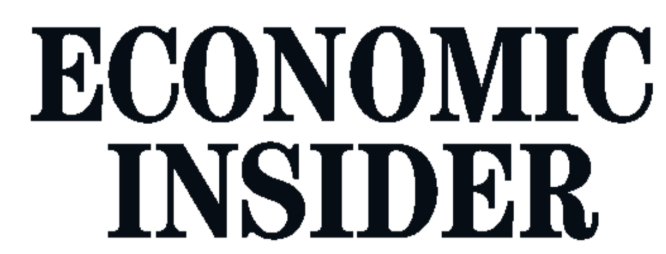By: John Glover (MBA)
In the world of retirement planning, starting late can feel daunting, especially for mothers who have prioritized family needs over personal financial goals. However, experts assert it’s never too late to start. In honor of Mother’s Day this year, it’s important more than ever to discuss the crucial steps to consider to ensure a secure and comfortable retirement.
Establish an Emergency Fund First
Financial experts consistently emphasize the importance of an emergency fund. “For mothers considering retirement planning later in life, establishing an emergency fund is paramount,” says Finance Expert Jeannie Dougherty. An initial savings of between $1,000 and $2,500 is recommended to cover unexpected expenses, which can derail retirement savings if not planned for.
This fund acts as a buffer, safeguarding against the need to withdraw from retirement accounts prematurely. “Unexpected expenses are often the primary cause of diverted retirement savings. Next, ensure a safety net of 3-6 months’ worth of expenses saved up. This prepares you for unforeseen financial needs without impacting your long-term retirement funds.“
For those who find financial planning difficult or overwhelming, consulting with a Certified Financial Planner could be a viable option.
“I also recommend consulting with a Certified Financial Planner (CFP), even if you already participate in a 401(k) plan. A CFP can tailor your investment strategies to your financial goals and risk tolerance. Lastly, if necessary, enhance your financial literacy through investment classes. This education will empower you to make informed decisions about your retirement planning,” Dougherty shares.
This financial cushion could be essential for managing unforeseen financial needs without impacting long-term retirement goals. This preparation helps maintain stability in the face of economic uncertainties. According to the 2023 CFP BOARD CONSUMER SENTIMENT SURVEY, 89% of Americans (nearly 9 in 10) are concerned about the current cost of living in the United States. Americans are looking to save wherever and whenever they can.
Go Beyond the 401k
For people who have an established emergency fund, or are looking to do more to prepare for retirement, there are other options available.
“Consider setting up a Health Savings Account (HSA). HSAs offer flexible spending options for healthcare and come with potential tax benefits. Contributions are either tax-deferred or can be deducted from your gross income. Employers may contribute, and IRAs can be rolled into your HSA under significant medical circumstances. Importantly, HSA funds can also cover qualifying medical expenses for your spouse and dependents, even if they aren’t covered under your health plan,” says Dougherty.
Dougherty goes on to mention that other viable options include opening a Taxable Brokerage Account, due to the fact that they have no contribution limits and offer more flexibility in investment choices.
“They’re easy to set up, there’s no limit on the number of accounts you can have, and you can withdraw funds at any time without penalty,” she says.
Jeannie Dougherty refers to the process of strengthening financial security as a “money makeover,” and breaks it down into making sure there is an effort to increase savings and maximizing 401K contributions, while also exploring other retirement options.
For many Americans, reducing debt is a priority. In 2024, the average debt crept up from $21,800 to $22,713, with 66% of respondents saying they hold at least some debt.
“Budgeting for life insurance is essential to ensure your family’s financial well-being in your absence. Addressing high-interest debt should be a priority to reduce economic burden and increase net worth over time,” Dougherty shares.
Tackling debt effectively requires a strategic approach. Start by prioritizing debts with the highest interest rates, often credit card debts, which can save money over time due to lower accrued interest. Consolidating multiple debts into a single loan with a lower interest rate is another efficient strategy, as it can simplify payments and potentially reduce monthly costs. Setting up automated payments can help avoid late fees and improve credit scores. For those needing more structured guidance, consulting with a credit counselor from a reputable organization can offer personalized advice and help in setting up a debt management plan.
Ultimately, each step taken today is a step towards a more secure tomorrow. By focusing on comprehensive financial planning and leveraging available resources and advice, mothers in their 40s and 50s can navigate the path to retirement with confidence and clarity. As Jeannie Dougherty puts it, a “money makeover” isn’t just about saving—it’s about making informed, strategic decisions that will ensure long-term financial health and stability, allowing for a retirement filled with peace and comfort.
Published by: Nelly Chavez









